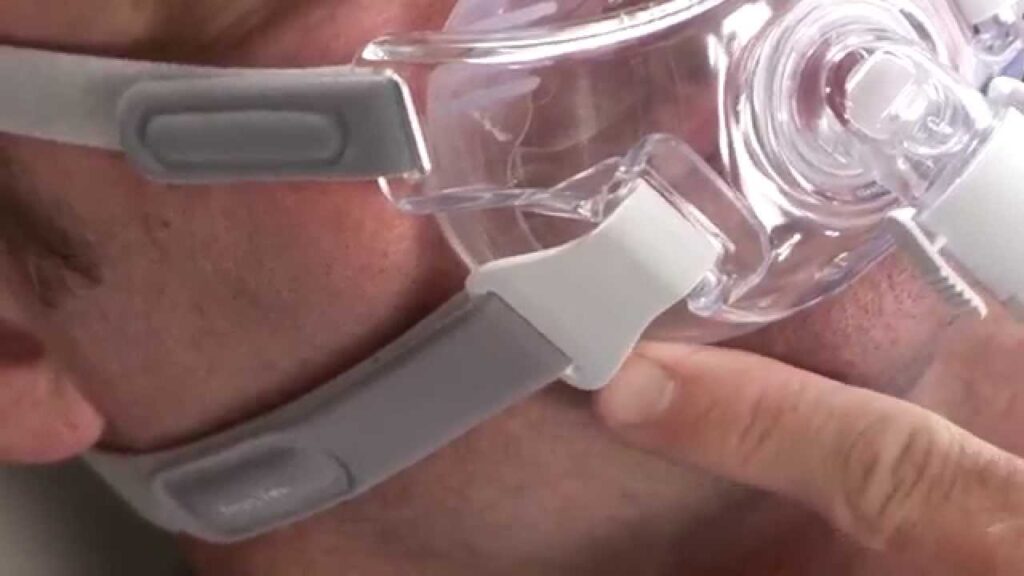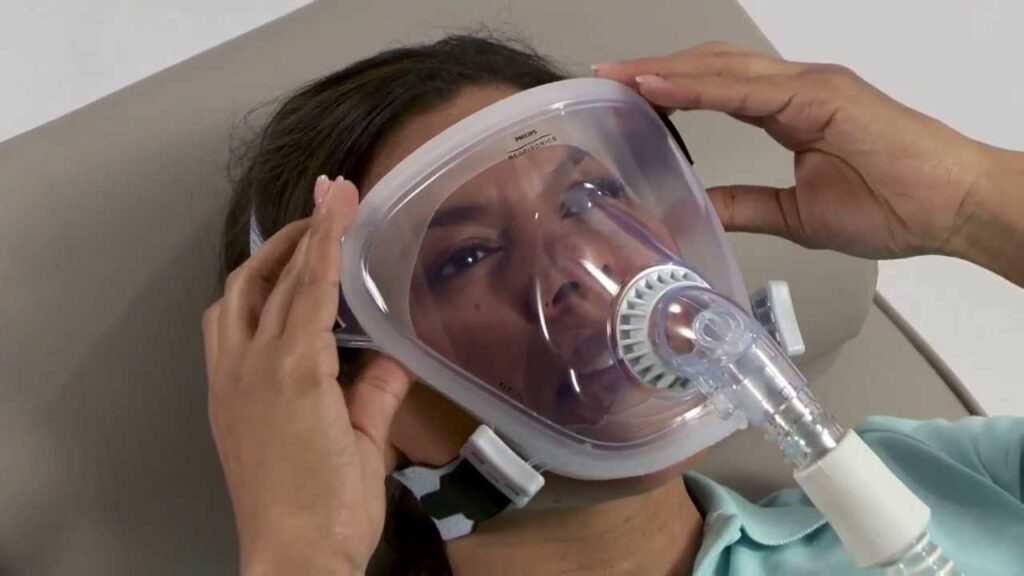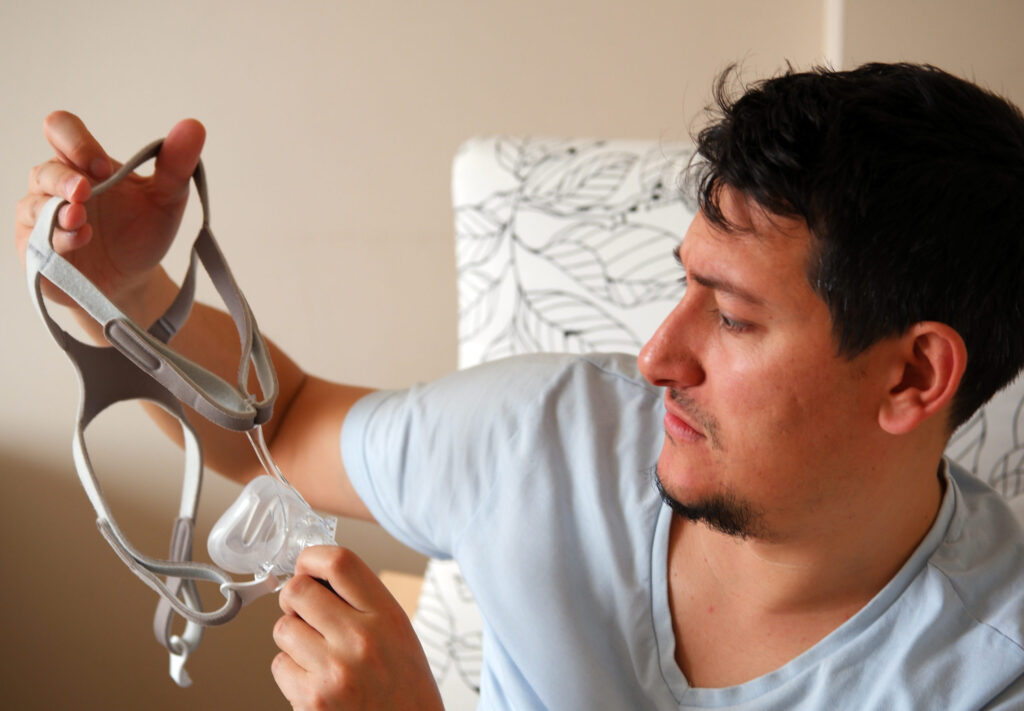If you are using a CPAP machine to treat sleep apnea, it is important to properly clean and maintain your CPAP mask. Regular maintenance not only helps to keep your mask in good condition, but it also contributes to your overall health and comfort while using the machine. In this article, we will discuss the importance of regular CPAP mask maintenance and provide you with a step-by-step guide on how to clean and care for your mask effectively.
Understanding the Importance of Regular CPAP Mask Maintenance
Sleep apnea is a common sleep disorder that affects millions of people worldwide. The condition causes brief interruptions in breathing during sleep, leading to poor sleep quality and various health issues. CPAP (Continuous Positive Airway Pressure) therapy is one of the most effective treatments for sleep apnea, and a best cpap mask plays a crucial role in delivering the pressurized air to keep your airway open while you sleep.
By properly maintaining your CPAP mask, you can ensure its longevity and optimal performance. Regular cleaning helps to remove dirt, oils, and bacteria that can accumulate on the mask’s surface over time. Failure to clean your mask regularly can result in discomfort, skin irritation, and even respiratory tract infections. Therefore, establishing a routine cleaning schedule is essential to maintain the hygiene and effectiveness of your CPAP mask. Learn more tips to reduce CPAP mask irritation.
When it comes to cleaning your CPAP mask, there are a few important steps to follow. Firstly, you should disassemble the mask according to the manufacturer’s instructions. This typically involves removing the headgear, cushion, and any other detachable parts. Once disassembled, you can wash the mask components with mild soap and warm water. Avoid using harsh chemicals or abrasive materials that could damage the mask. After washing, thoroughly rinse all parts to ensure no soap residue remains.

In addition to regular cleaning, it is also important to replace certain components of your CPAP mask on a regular basis. The cushion, for example, should be replaced every three to six months, or as recommended by the manufacturer. Over time, the cushion can become worn out or lose its shape, compromising the mask’s seal and causing air leaks. Similarly, the headgear should be replaced periodically to maintain its elasticity and ensure a secure fit.
The Role of a CPAP Mask in Sleep Apnea Treatment
When you have sleep apnea, your airway becomes partially or completely blocked during sleep, causing breathing pauses. A CPAP mask is a vital component of the CPAP machine, which delivers a constant flow of pressurized air through the mask and into your airway. By keeping your airway open, the CPAP machine provides continuous positive airway pressure, ensuring that you receive sufficient oxygen while you sleep.
The comfort and proper fit of your CPAP mask are paramount to its effectiveness. A well-fitting mask creates a secure seal, preventing air leaks and promoting optimal therapy. Regular cleaning and maintenance help to preserve the mask’s fit and seal, ensuring that you derive the maximum benefits from your CPAP therapy.
Aside from cleaning and maintenance, there are other factors to consider when using a CPAP mask. It is important to find a mask style and size that suits your individual needs and preferences. There are various types of CPAP masks available, including nasal masks, full-face masks, and nasal pillow masks. Each type has its own advantages and considerations, such as the level of comfort, ease of use, and suitability for different sleeping positions.
Furthermore, adjusting the mask’s fit and tension is crucial for optimal comfort and effectiveness. Most CPAP masks have adjustable straps or headgear that allow you to customize the fit according to your facial structure and personal comfort. It may take some trial and error to find the perfect fit, but it is worth the effort to ensure a comfortable and effective therapy experience.
Risks Associated with Poorly Maintained CPAP Masks
Using a poorly cleaned CPAP mask can pose several risks to your health. Accumulated dirt, oils, and bacteria on the mask’s surface can lead to skin irritation, rashes, and pressure sores. Additionally, dirty masks can harbor allergens and pathogens, which may cause respiratory infections and exacerbate allergies or asthma.
Poorly maintained CPAP masks can also compromise the effectiveness of your therapy. Air leaks resulting from an ill-fitting or dirty mask can reduce the efficiency of the pressurized air delivery, rendering the treatment less effective. Moreover, a dirty mask may interfere with the device’s sensors and lead to malfunctions or inaccurate pressure readings.
Regular maintenance and cleaning of your CPAP mask can help mitigate these risks and ensure a safe and effective sleep apnea treatment. It is important to follow the manufacturer’s guidelines for cleaning and replacing mask components to maintain optimal hygiene and performance. By taking proper care of your CPAP mask, you can enjoy the full benefits of CPAP therapy and improve your overall sleep quality and health.

Gathering the Necessary Cleaning Supplies
Before you begin cleaning your CPAP mask, it is important to gather the necessary supplies. Having the right cleaning materials ensures that you thoroughly remove dirt, oils, and bacteria from your mask, ensuring proper hygiene and functionality.
Common Household Items for CPAP Mask Cleaning
You don’t have to invest in specialized cleaning products to maintain your CPAP mask. Many common household items work just as effectively. Here’s a list of items you will need:
- Mild soap or CPAP mask cleaner
- Lukewarm water
- Clean, lint-free cloth or towel
- Soft-bristle brush (if necessary)
- Microfiber cloth (for drying)
Specialized Products for Enhanced CPAP Mask Care
If you prefer to use specialized products, several options are available in the market. CPAP mask wipes, for example, offer a convenient way to clean and disinfect your mask, eliminating the need for soap and water. Additionally, there are CPAP mask cleaning sprays specifically formulated to remove residues and maintain the cleanliness of your mask. These products may be useful for individuals with sensitive skin or those who prefer a quick and hassle-free cleaning process.
Step-by-Step Guide to Cleaning Your CPAP Mask
Cleaning your CPAP mask regularly is a simple process that only requires a few minutes of your time. By following these step-by-step instructions, you can maintain the cleanliness and effectiveness of your mask:
Daily Cleaning Routine for Your CPAP Mask
- Start by disconnecting your mask from the CPAP tubing.
- Using mild soap or a CPAP mask cleaner, wash the mask gently in lukewarm water. Ensure that you clean all the areas that come into contact with your face, such as the cushion, frame, and headgear. Avoid using hot water, as it may damage the mask.
- Rinse the mask thoroughly to remove any soap residue.
- Inspect the mask for any visible signs of dirt or damage. If necessary, use a soft-bristle brush to clean hard-to-reach areas or remove stubborn stains.
- After thoroughly cleaning the mask, pat it dry with a clean, lint-free cloth or towel. Do not wring or twist the mask, as it may damage the components.
- Allow the mask to air dry completely before assembling it. Avoid direct sunlight, as it may cause discoloration or degradation of the materials.
- Once the mask is dry, reassemble all the components, ensuring a proper fit.
- Reconnect the mask to the CPAP tubing and verify that all connections are secure.
Weekly Deep Cleaning Process
In addition to your daily cleaning routine, it is important to perform a more thorough cleaning of your CPAP mask at least once a week. This helps to remove any deep-seated dirt, oils, or bacteria that may have accumulated over time. Follow these steps for a deep cleaning:
- Disassemble the mask, separating the cushion, frame, and headgear.
- Soak all the disassembled components in a sink or basin filled with warm water and a mild soap solution. Allow the parts to soak for 15-20 minutes to loosen any stubborn residue.
- Gently scrub the parts with a soft-bristle brush to remove any remaining dirt or stains.
- After cleaning, rinse all the components thoroughly to remove any soap residue.
- Pat dry each part with a clean, lint-free cloth or towel. Alternatively, you can use a microfiber cloth for faster drying.
- Allow all the components to air dry completely before reassembling the mask.
- Once dry, reassemble the mask, ensuring that all the parts fit snugly and securely.
- Finally, reconnect the mask to the CPAP tubing and ensure all connections are properly sealed.

Proper Drying and Storage for Your CPAP Mask
Proper drying and storage are essential to prevent mold, mildew, and bacteria growth on your CPAP mask. Here are some techniques to ensure effective drying and optimal storage:
Techniques for Effective Drying
To expedite the drying process, you can gently pat dry the mask using a clean, lint-free cloth or towel after cleaning. Alternatively, you can use a microfiber cloth, which absorbs moisture efficiently. Avoid wringing or twisting the mask, as it may damage its components.
Allow the mask to air dry completely before reassembling and storing it. Find a clean, well-ventilated area away from direct sunlight to facilitate faster drying.
Ideal Storage Conditions for CPAP Masks
When your CPAP mask is not in use, it is important to store it properly to maintain its cleanliness and avoid damage. Here are some tips for storing your mask:
- Choose a cool, dry place to store your mask to prevent the growth of mold and mildew.
- Avoid storing the mask in airtight containers or plastic bags, as this can trap moisture and promote bacterial growth.
- If using a mask case, ensure that it is clean and dry before storing your mask.
- Keep the mask away from pets or children, as they may accidentally damage it.
- Regularly inspect the mask for signs of wear and tear, and replace any damaged or worn-out parts promptly.
Regular Maintenance and Replacement of CPAP Mask Components
While proper cleaning is crucial, regular maintenance and replacement of CPAP mask components are equally important for optimal performance. Over time, the mask’s cushion, headgear, and other parts may wear out, affecting the fit, comfort, and effectiveness of your therapy.
Identifying Signs of Wear and Tear
Regularly inspect your CPAP mask for signs of wear and tear. Some indications that it may be time to replace the components include:
- Visible cracks or tears in the mask cushion or frame
- Loss of elasticity or stretchiness in the headgear
- Discoloration or deterioration of the materials
- Inconsistent seal or increased air leaks
- Noticeable discomfort or skin irritation
When and How to Replace CPAP Mask Parts
If you notice any signs of wear or damage, it is advisable to replace the affected parts promptly. Most CPAP mask manufacturers recommend replacing the mask cushion every 1-3 months and the headgear every 6-12 months. However, it is important to follow the specific guidelines provided by your mask’s manufacturer.
When replacing the components, ensure that you purchase genuine parts that are compatible with your mask model. Follow the manufacturer’s instructions for proper assembly and adjustment of the new parts to maximize their effectiveness.
By following these guidelines for cleaning and maintaining your CPAP mask, you can ensure optimal performance, comfort, and hygiene. Regular cleaning and replacement of components contribute to a better overall CPAP therapy experience, helping you to sleep better and manage your sleep apnea effectively. Take the time to establish a cleaning routine, and prioritize the health and longevity of your CPAP mask.

